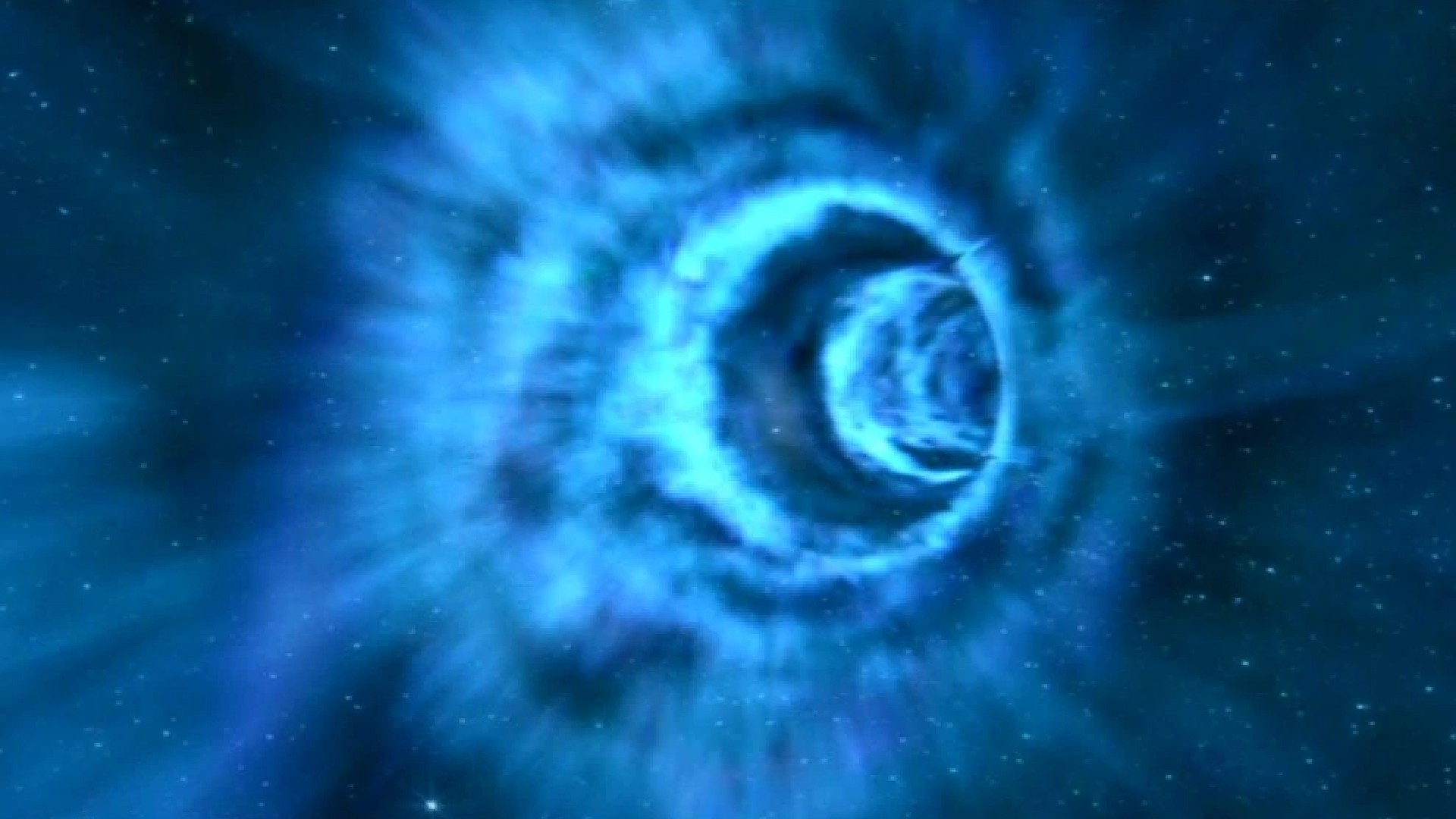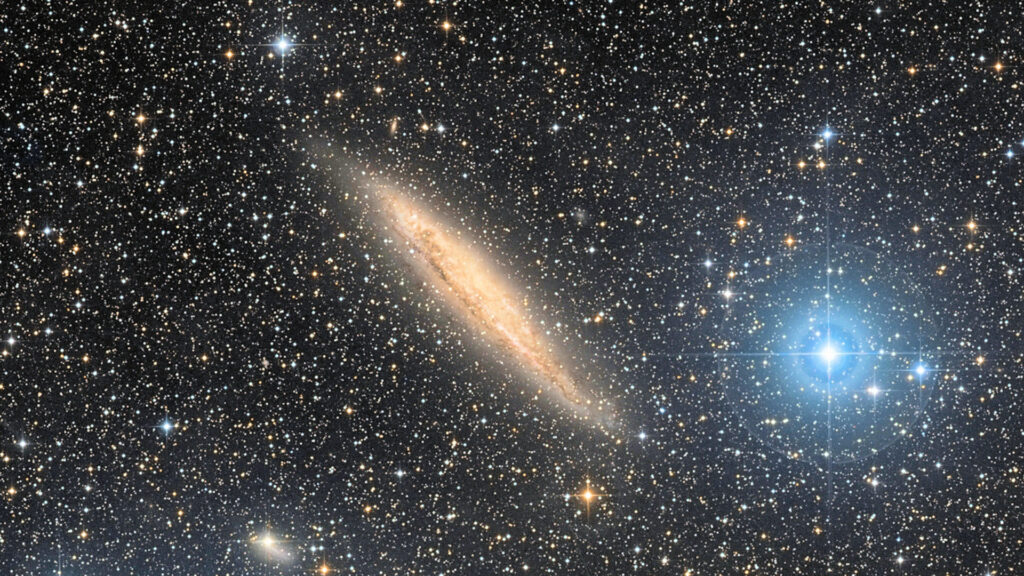
Can we travel in space-time using a wormhole?
From Stargate to Interstellar, via Contact, Sliders or Star Trek, science fiction animates wormholes to make heroes travel through space-time. But is this really reasonable?
Imagine two cities located on either side of a mountain. To visit each other, the residents of these cities will likely have to drive around the mountain. But if they wanted to go faster, they could tunnel through the mountain to create a shortcut. This is the idea of a wormhole.
A wormhole can be described as a tunnel between two distant points in our universe that reduces travel time from one place to another. Instead of traveling millions of years from galaxy to galaxy, a wormhole could theoretically, given the right conditions, be used to reduce travel time to hours or even minutes.
Since wormholes are shortcuts through space-time, they can act as time machines. You may exit one end of the wormhole before you enter.
Although there is no evidence of wormholes in our universe, they are good tools to help astrophysicists think about space and time. They can also answer very old questions about the formation of the universe.

Wormholes: fiction or reality?
Because of these interesting features, many science fiction writers use wormholes in their novels or films. However, scientists were as fascinated by the idea of wormholes as artists.
Although researchers have never found a wormhole in our universe, wormholes are solutions to important physical equations. Solutions to the equations underlying Einstein’s theory of space-time and general relativity include wormholes. This theory describes the shape of the universe and how stars, planets, and other things move through it. Because Einstein’s theory has been tested countless times and proven correct each time, some scientists speculate that wormholes exist somewhere in the universe.
But other scientists believe that wormholes cannot exist because they would be too unstable.
The constant pull of gravity affects all things in the universe, including the Earth. So gravity will also have an effect on wormholes. Scientists who are skeptical about this believe that after a short period, the middle of the wormhole will collapse under the influence of its gravity, unless there is a force pushing out from the inside .. to thwart this force. The most likely way to do this is to use so-called “negative energies”, which would oppose gravity and stabilize the wormhole.




But from what scientists know, negative energies can only be created in amounts too small to resist the wormhole’s gravity. It is possible that the Big Bang created small wormholes with small amounts of negative energies at the beginning of the universe, and that over time these wormholes expanded as the universe expanded.
While wormholes are interesting things to consider, they are still not accepted by most of the scientific community. But this does not mean that they do not exist. Black holes, whose existence has now been proven, were not accepted when scientists first proposed their existence in the first decade of the last century.
Einstein first formulated his famous equations in 1915, and German physicist Karl Schwarzschild found a way to mathematically describe black holes just a year later. However, this description was so outlandish that the leading scientists of the time refused to believe that black holes could actually exist in nature. It took 50 years for people to start taking black holes seriously – the term “black hole” wasn’t actually coined until 1967.
The same thing can happen with wormholes. It may take some time for scientists to come to a consensus on whether or not they exist. But if they find solid evidence of their existence – which they can do by observing the strange motions of the orbits of stars – the discovery will affect the way scientists see and understand the universe.




Diane Stojkovicphysics teacher, University at Buffalo
This article has been republished from Conversation Under Creative Commons Licence. Read theThe original article.
participation in Numerama on Google News So don’t miss any information!


“Organizer. Social media geek. General communicator. Bacon scholar. Proud pop culture trailblazer.”
